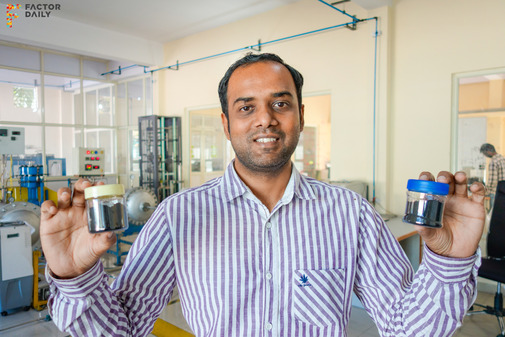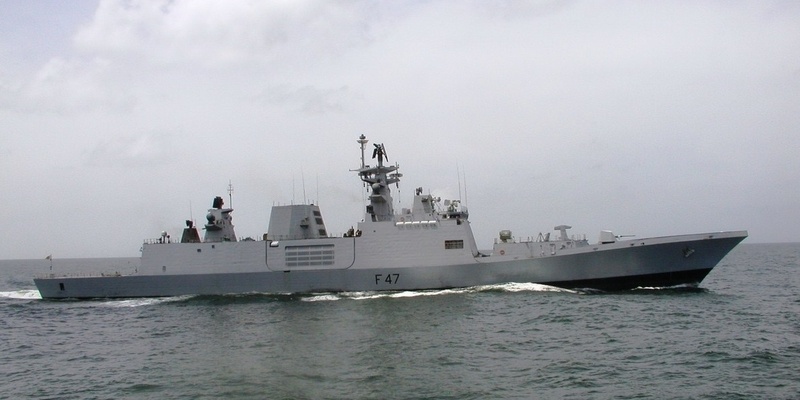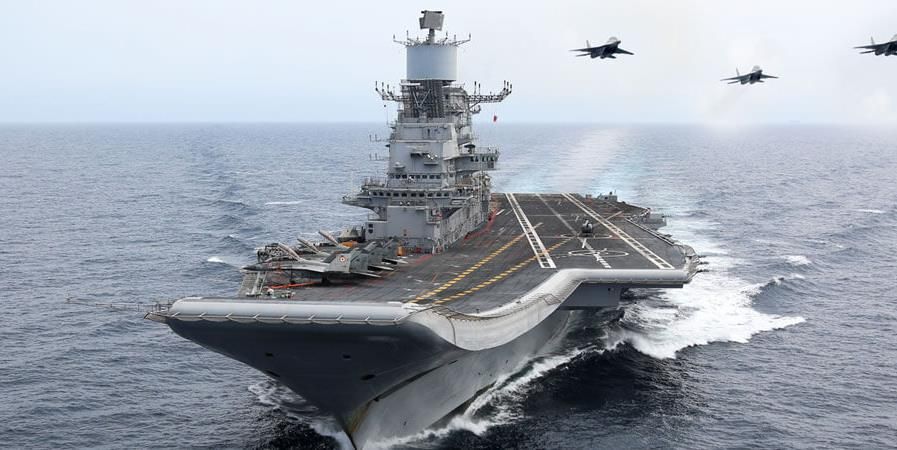Aatmanirbhar at Sea: INS Mahe Joins India’s Naval Power
In a historic milestone for India’s naval future, the Indian Navy has commissioned INS Mahe, the first vessel of the Mahe-class Anti-Submarine Warfare Shallow Water Craft (ASW-SWC). The ship was formally inducted at the Naval Dockyard in Mumbai, marking a powerful step forward in India’s mission for Aatmanirbhar Bharat in defence and maritime security. Presiding over the ceremony, Army Chief General Upendra Dwivedi described the moment as one of immense pride, praising the officers and crew along with Cochin Shipyard Limited (CSL), which built the ship. With INS Mahe now operational, India signals its readiness to safeguard its vast coastline with homegrown capability, cutting-edge technology, and renewed confidence.A Vessel Built for the FutureINS Mahe is India’s new warrior of the coastline, built to protect the country in shallow and narrow waters where big warships cannot go. The ship is 78 metres long, weighs about 1,100 tonnes, and is designed for anti-submarine warfare, coastal patrol, mine-laying, and fast-response missions near the shore. Its compact and stealthy design makes it a silent hunter, perfect for spotting and stopping underwater threats. INS Mahe can reach a top speed of 25 knots and travel up to 1,800 nautical miles at cruising speed. It can stay at sea for 14 days and is operated by a crew of around 60 sailors. With a shallow draught of less than 3 metres, it can move very close to the coastline, guard ports, monitor suspicious activities, and protect vital energy sites. This makes INS Mahe a powerful new shield for India’s coastal securityIndigenous Technology at the CoreINS Mahe represents the best of India’s engineering strength. More than 80% of the ship is made in India, showcasing a successful partnership between naval designers, CSL, and domestic defence manufacturers. INS Mahe is equipped with state-of-the-art sensors and combat systems that make it one of India’s most advanced coastal defence ships. It carries an indigenous medium-frequency hull-mounted sonar, a multi-function surveillance radar, an Electronic Support Measures (ESM) suite, and Electronic Warfare (EW) systems. Together, these technologies allow the ship to detect, track, and engage underwater threats with great accuracy, even in shallow and challenging coastal waters. Along with these sensors, INS Mahe also has powerful weapons designed specifically for littoral combat.Why the Name ‘Mahe’?INS Mahe carries the proud legacy of Mahe, a serene but historically significant region on the Malabar Coast. Known for its maritime roots and cultural heritage, Mahe symbolizes strength, adaptability, and coastal vigilance. The naval crest features the Urumi, the iconic flexible sword from Kalarippayattu, Kerala’s ancient martial art. The Urumi stands for Fluidity , Precision , Lethal agility, qualities that perfectly describe the role and capabilities of this new ASW craft.A Strong Step in the Aatmanirbhar Bharat MissionBuilding INS Mahe in India is not just a technical achievement—it reflects a shift in mindset. India is not just operating world-class ships; it is designing and building them at home. Cochin Shipyard Limited (CSL), which constructed INS Mahe, is also building seven more ships of the same class, scheduled for delivery by 2027. Once all eight vessels join the fleet, they will Replace the ageing Abhay-class corvettes , Strengthen the Navy’s anti-submarine grid and Improve tracking of submarines in coastal waters , India’s focus on indigenous shipbuilding boosts local industries, generates jobs, reduces dependence on foreign suppliers, and strengthens national security.A Safer Coastline, A Stronger IndiaINS Mahe is not just another ship added to the Navy’s fleet it is a powerful symbol of India’s maritime rise. With modern technology, indigenous strength, and future-ready capability, it strengthens India’s defence posture at a time when global waters are more contested than ever. As the first of its class, INS Mahe sets the tone for a more self-reliant and secure India protecting coastline communities, supporting strategic missions, and ensuring safer seas for generations to come.




